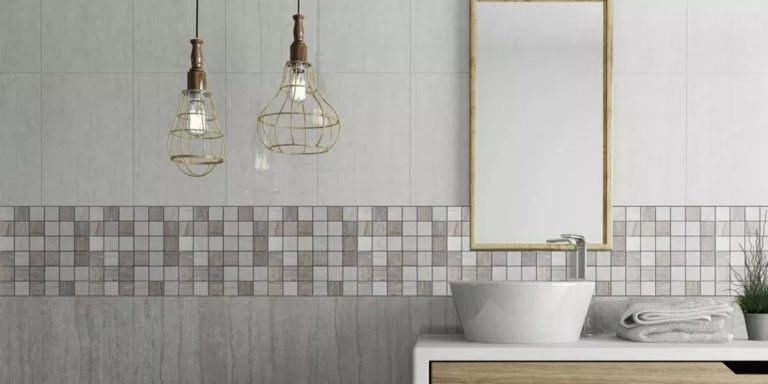The perfect wall tile provides a water-resistant surface that is both durable and stylish. It is ideal for bathrooms, kitchens, shower walls, and backsplashes. Ceramique au Sommet Laval is an affordable alternative to bare walls or natural stone. If you are buying new tiles for your walls, use this guide to achieve your purchase goals:
What Makes Wall Tiles Different from Floor Tiles
Because wall tiles are thin and light, they add less weight to the wall and are easy to install. Also, they can feature more details textures and decorative patterns. On the other hand, floor tiles are thicker and sturdier since they have to hold up to foot traffic. Usually, they do not have lots of detailed texture.
The thinness of wall tiles makes them a bad option for flooring. But, some floor tiles can be used for walls, depending on the weight, size, and the instructions of the manufacturer. Make sure to consult a professional before you install floor tile on your walls. There are many factors to take into account to determine how flooring tile will work as a wall treatment.
Kinds of Wall Tiles
Tiles are not the same and there are major differences between ceramic, porcelain, and natural stone. One of these types may be a better fit for your project than others.
- Ceramic tile. This tile is composed of a clay and water mixture. Such mixture is shaped into tiles before dried and fired at high temperatures inside a kiln. A lot of ceramic tiles are glazed to make them waterproof. But, if you want a more natural look, choose unglazed ceramics.
- Porcelain tile. This type of tile is more durable and dense than ceramic. Because it is a type of ceramic, it is also made from a mixture of clay and water. Often, the clay is composed of quartz, kaolin, and feldspar. Porcelain is denser than ceramic clays.
- Natural stone. This tile creates a luxury look that makes it a famous choice for bathrooms and kitchens. Limestone, granite, and travertine are examples of natural stone.
How Tiles are Made
Understanding how a tile is made can help determine if it is a good fit for your application. The majority of tiles are composed of two layers called bisque and glaze. The bisque is the tile’s body and the thicker layer while the glaze is the top of the tile where the colour sits. After forming and drying the tile, a high-tech inkjet printer will add the desired colours and patterns. Also, it is glazed to protect the image from wear and tear.

